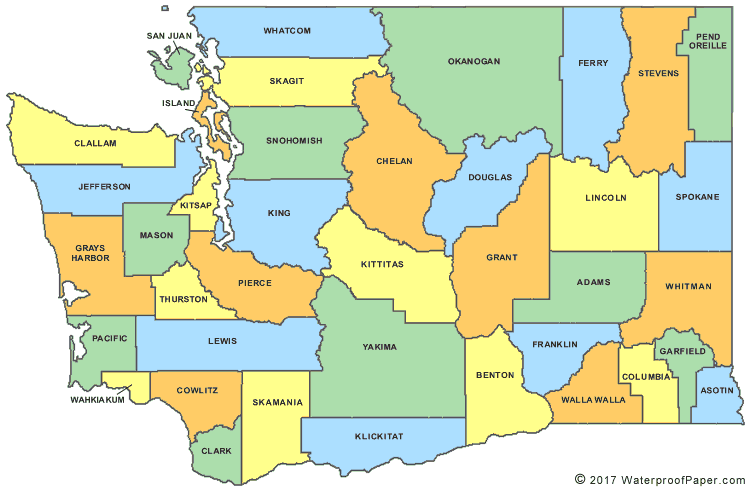Lodie Biggs, one of the few black professional women in pre-World War II Seattle, was also a significant political activist in the 1920s and 1930s. She was also involved with the transformation of the Seattle branch of the National Association for the Advancement of Colored People (NAACP) in the late 1920s. On April 10, 1928 the national branch of the NAACP declared the Seattle NAACP inactive. Biggs, who was a bacteriologist employed by Crescent Biological Laboratory, teamed with William Wilson, editor of the Northwest Enterprise, and Clarence Anderson, an attorney, to reactivate the Seattle NAACP.
Biggs and the other leaders of the Seattle NAACP had a small victory in April 1929 when they demanded and received an apology from the Seattle Post Intelligencer for publishing a demeaning story on a community-sponsored health clinic. Biggs also participated in the blocking of anti-intermarriage bills introduced in the Washington state legislature in 1935 and 1937 and led the charge to indict three policemen in the Barry Lawson police brutality case. Biggs also helped to set up monthly forums in the black churches of the Central District where the community could talk about political, social, and economical questions.
Biggs also was responsible for helping to create the Seattle branch of the Urban League in 1930. She served on the League’s first Board of Directors. Unlike the NAACP which focused on obtaining civil rights for black citizens, The Seattle Urban League sought to improve the conditions of black life and help local blacks gain greater access to employment opportunities throughout the city. Biggs aggressive leadership accounted for much of the success of the Seattle NAACP during this period.

